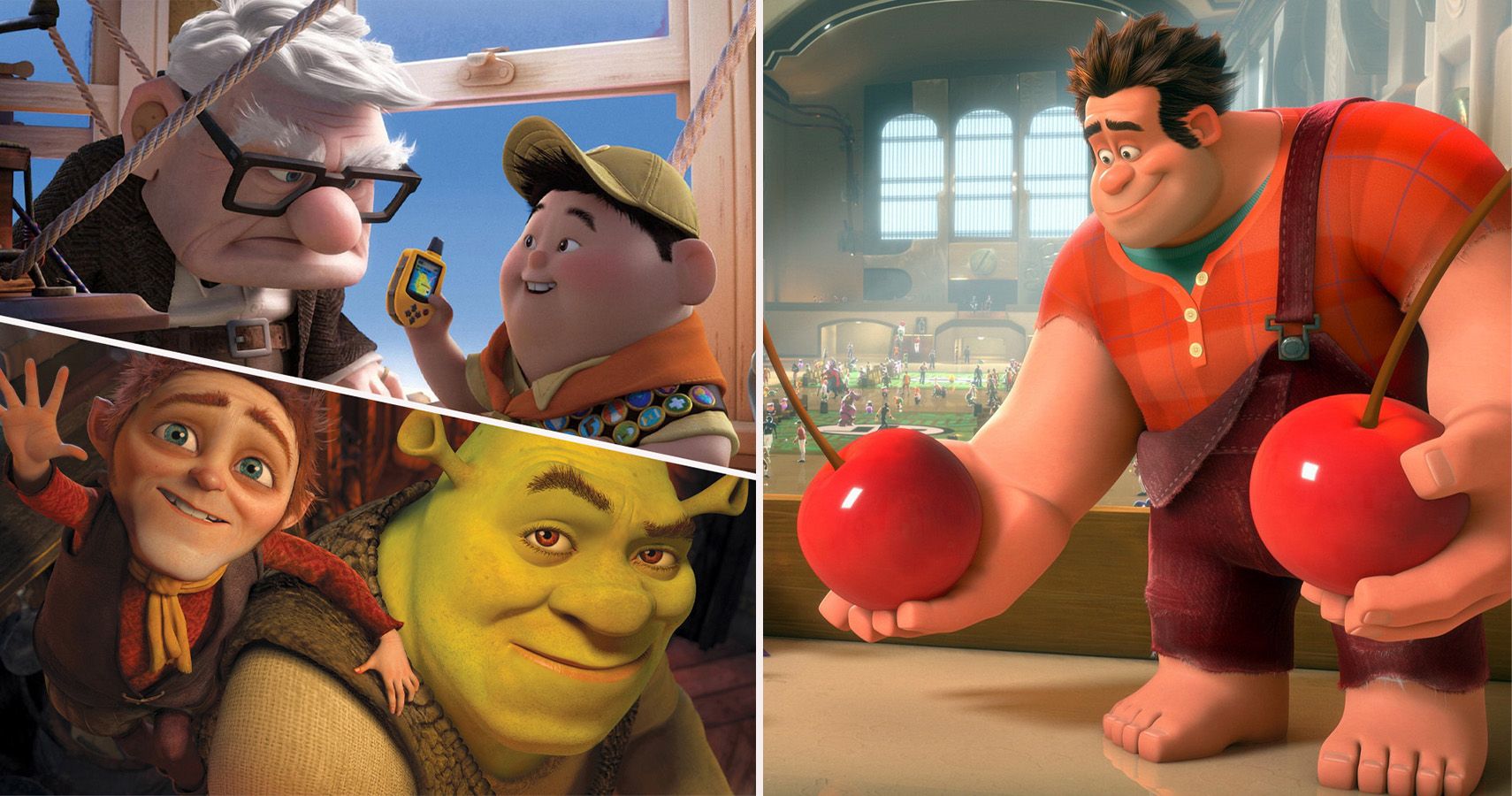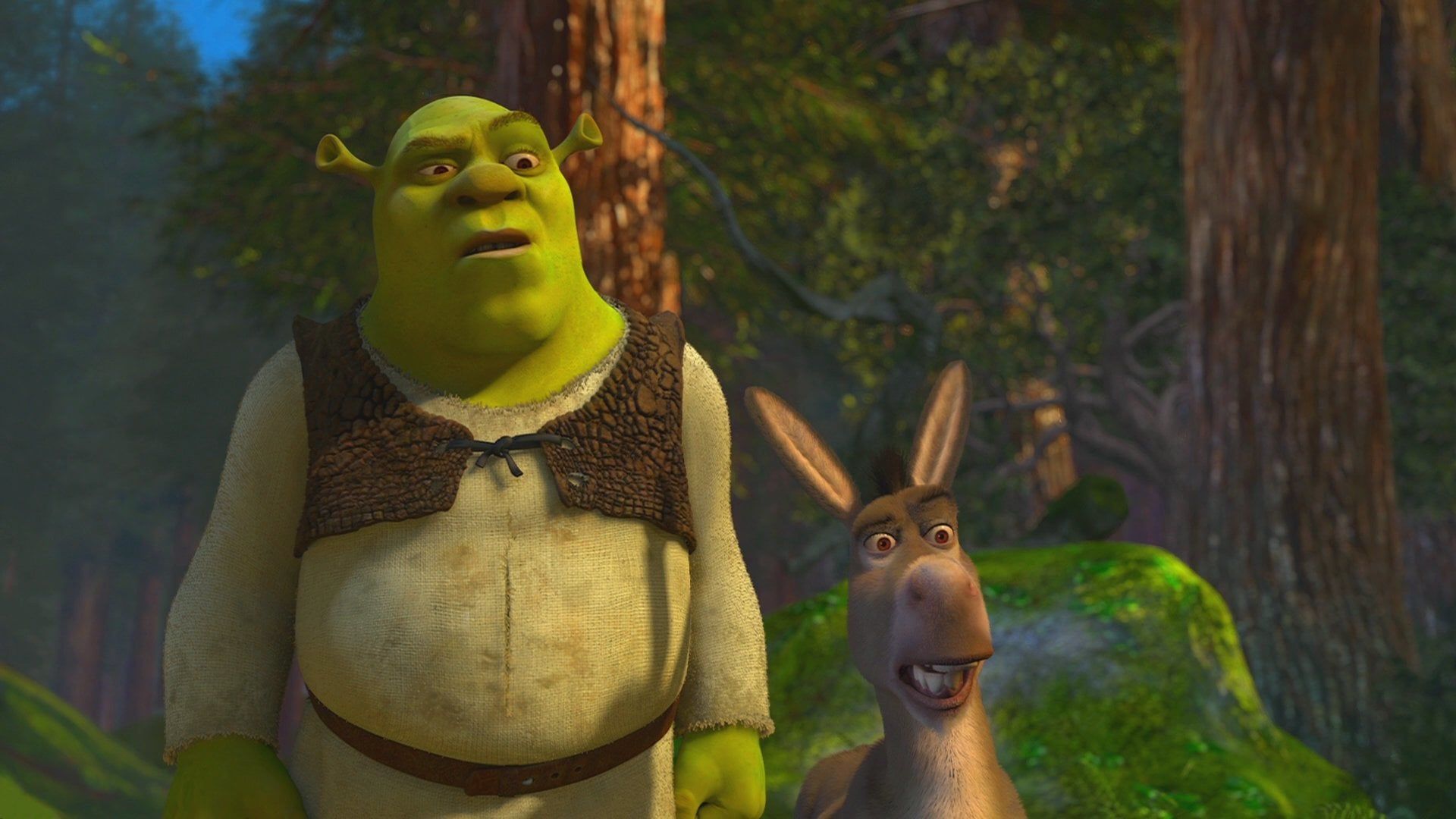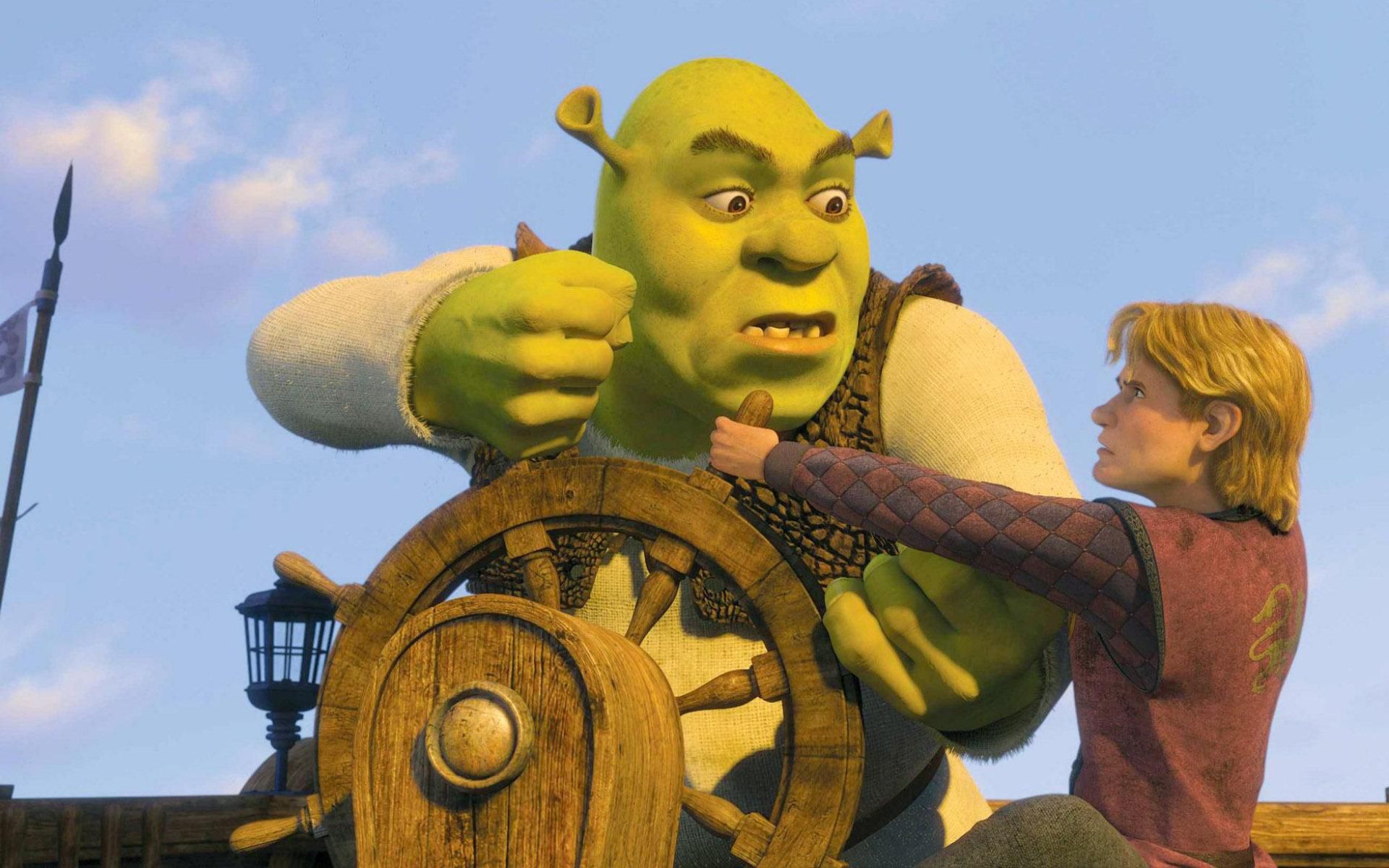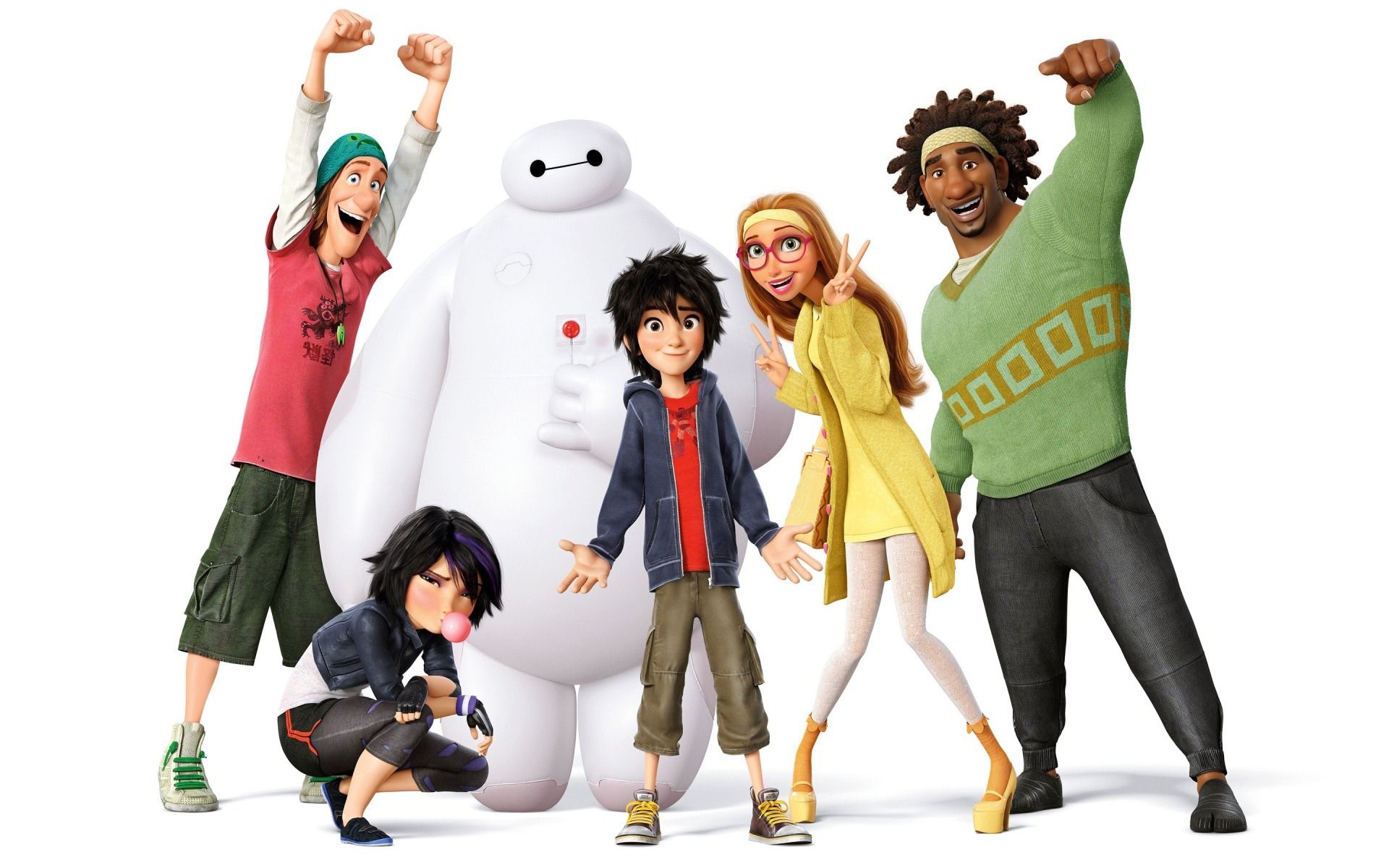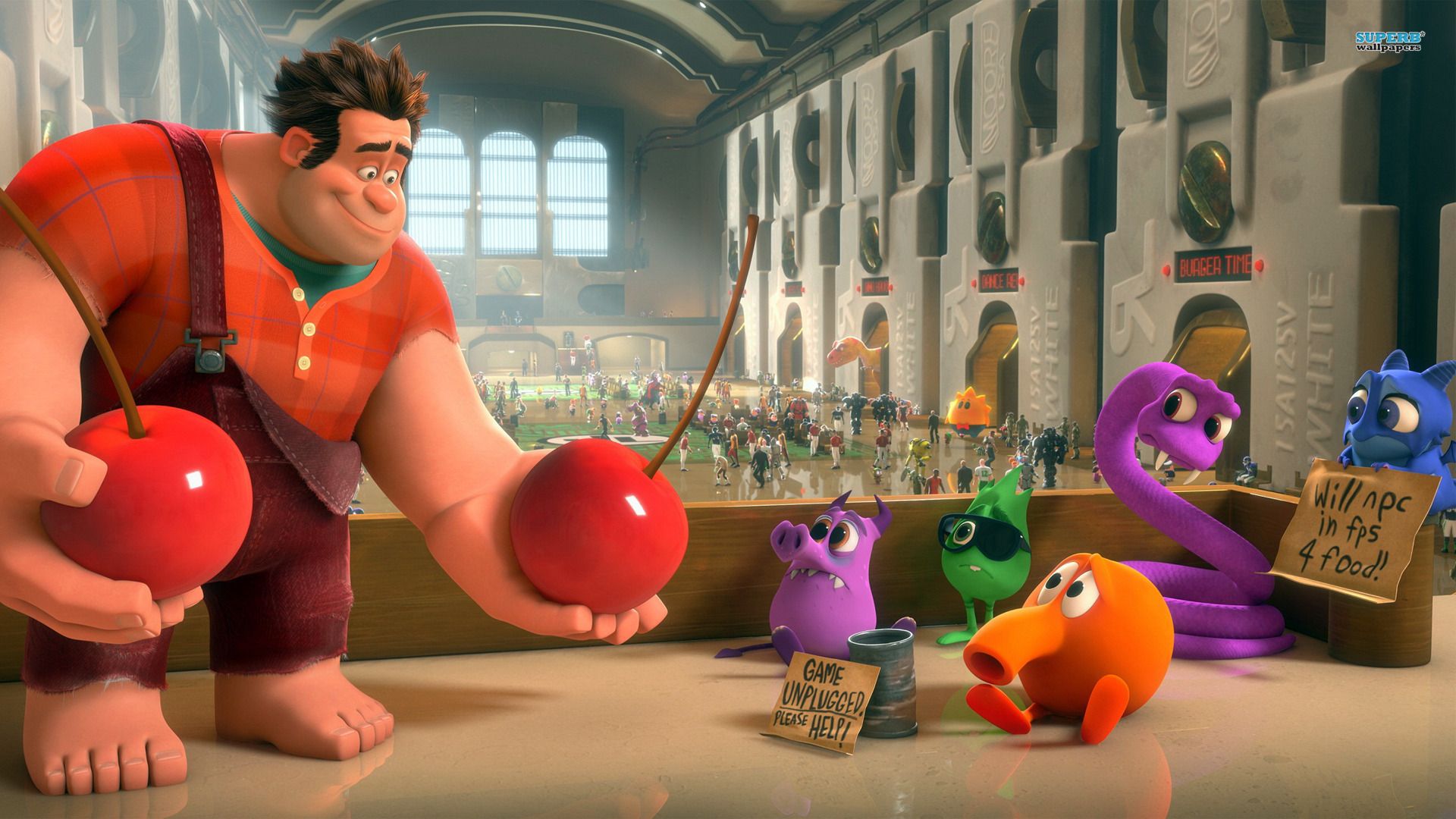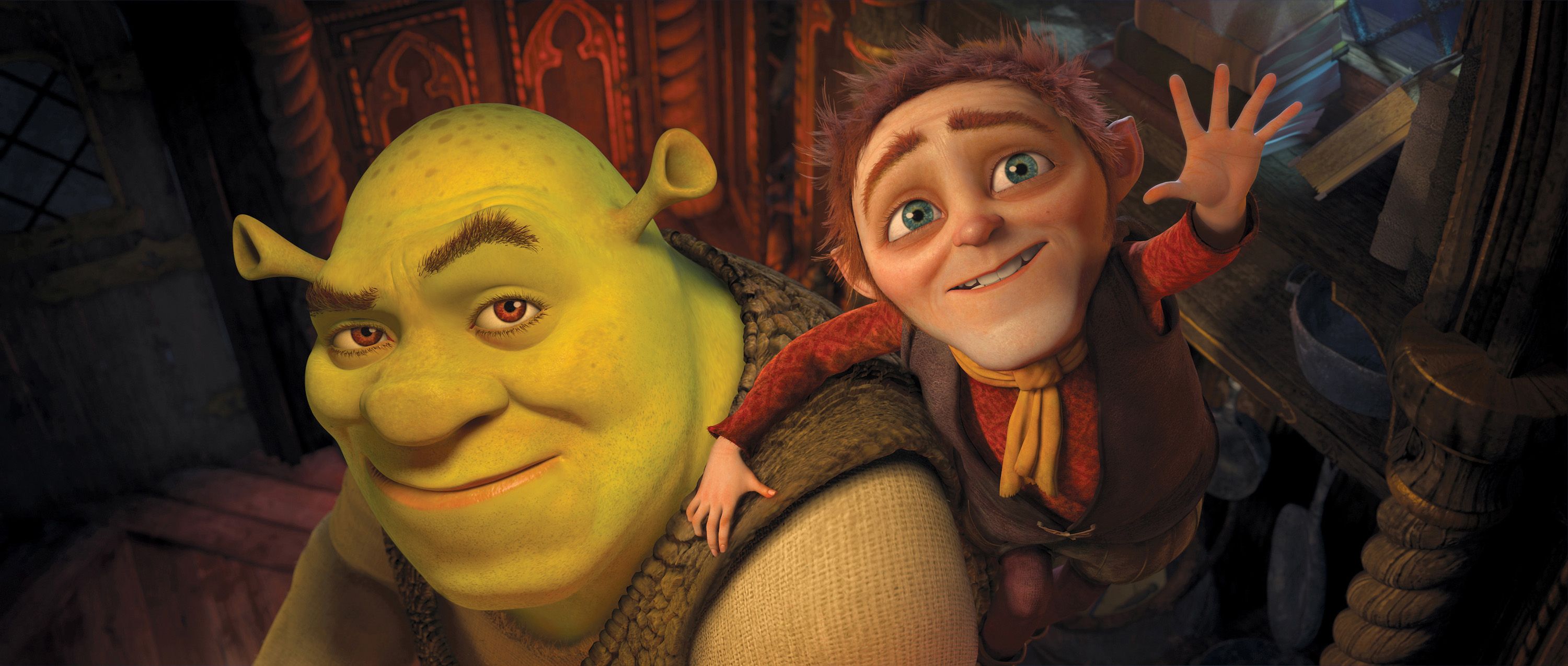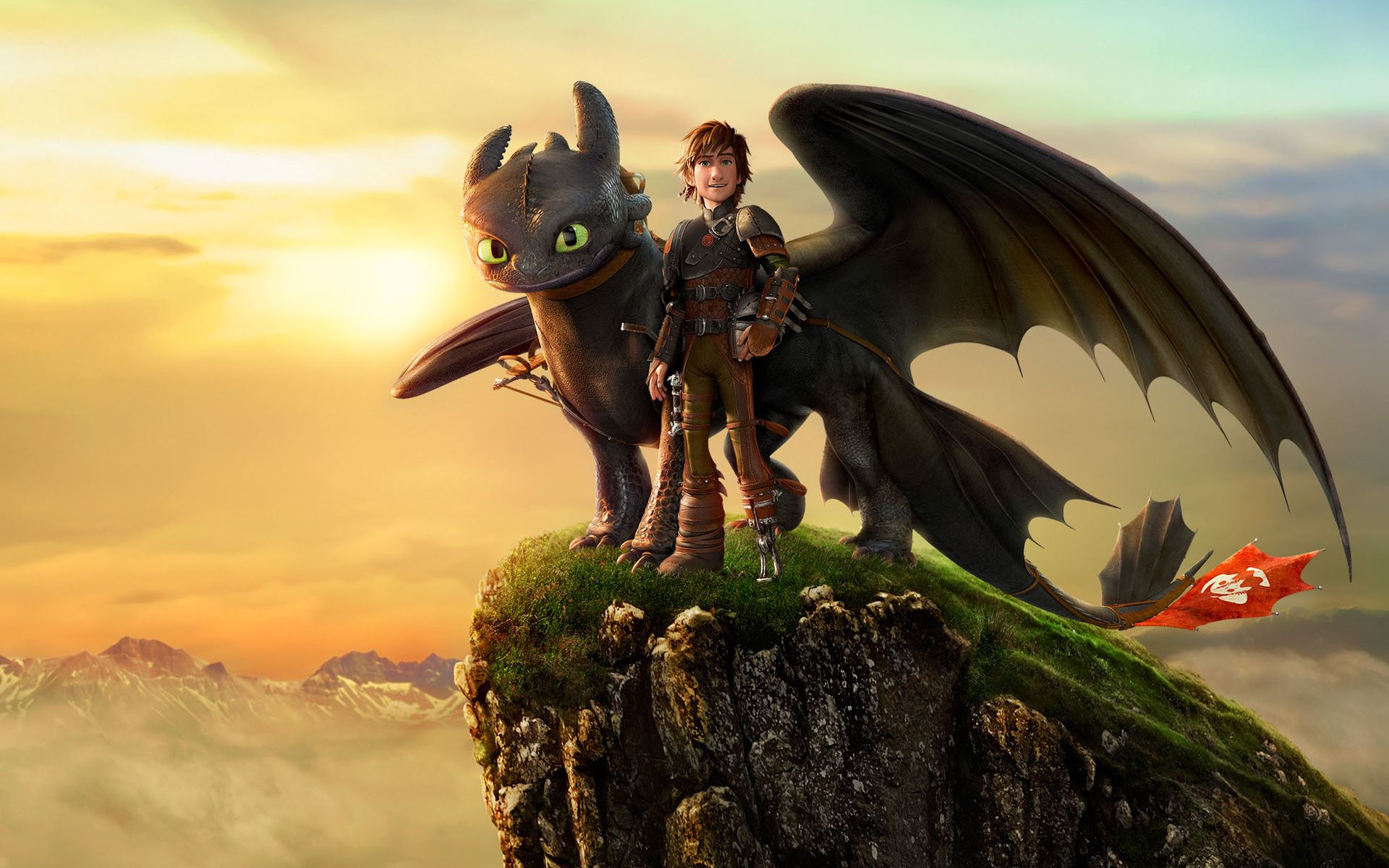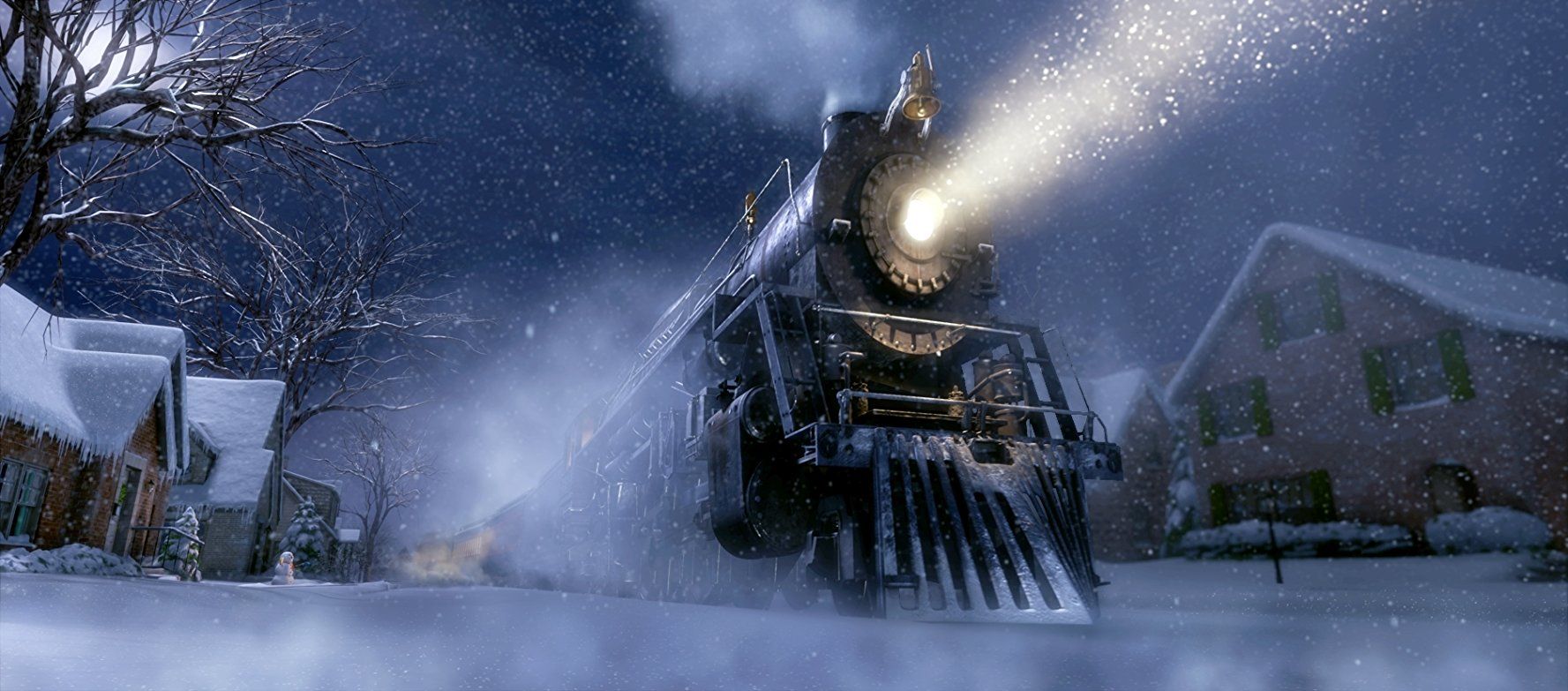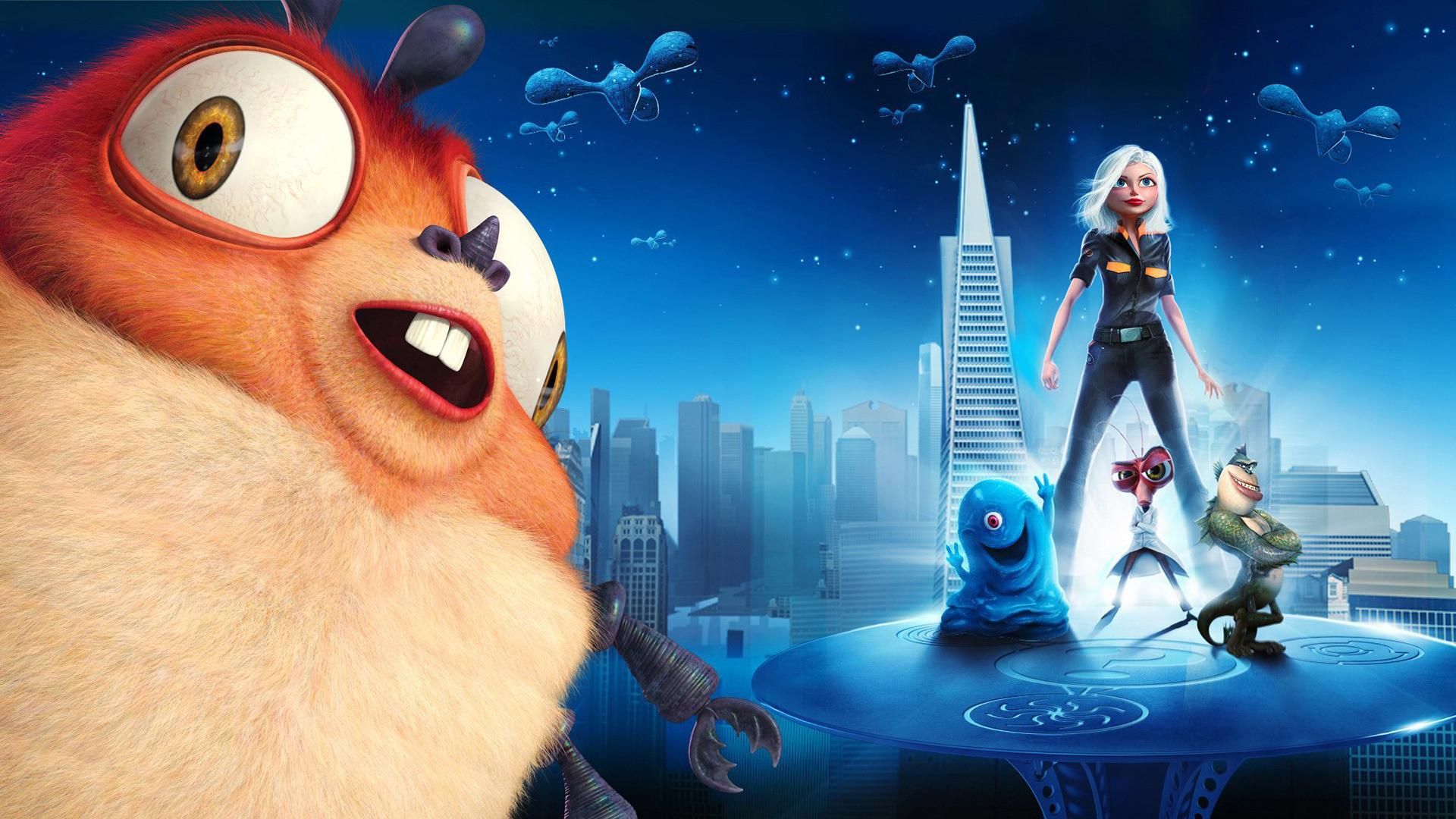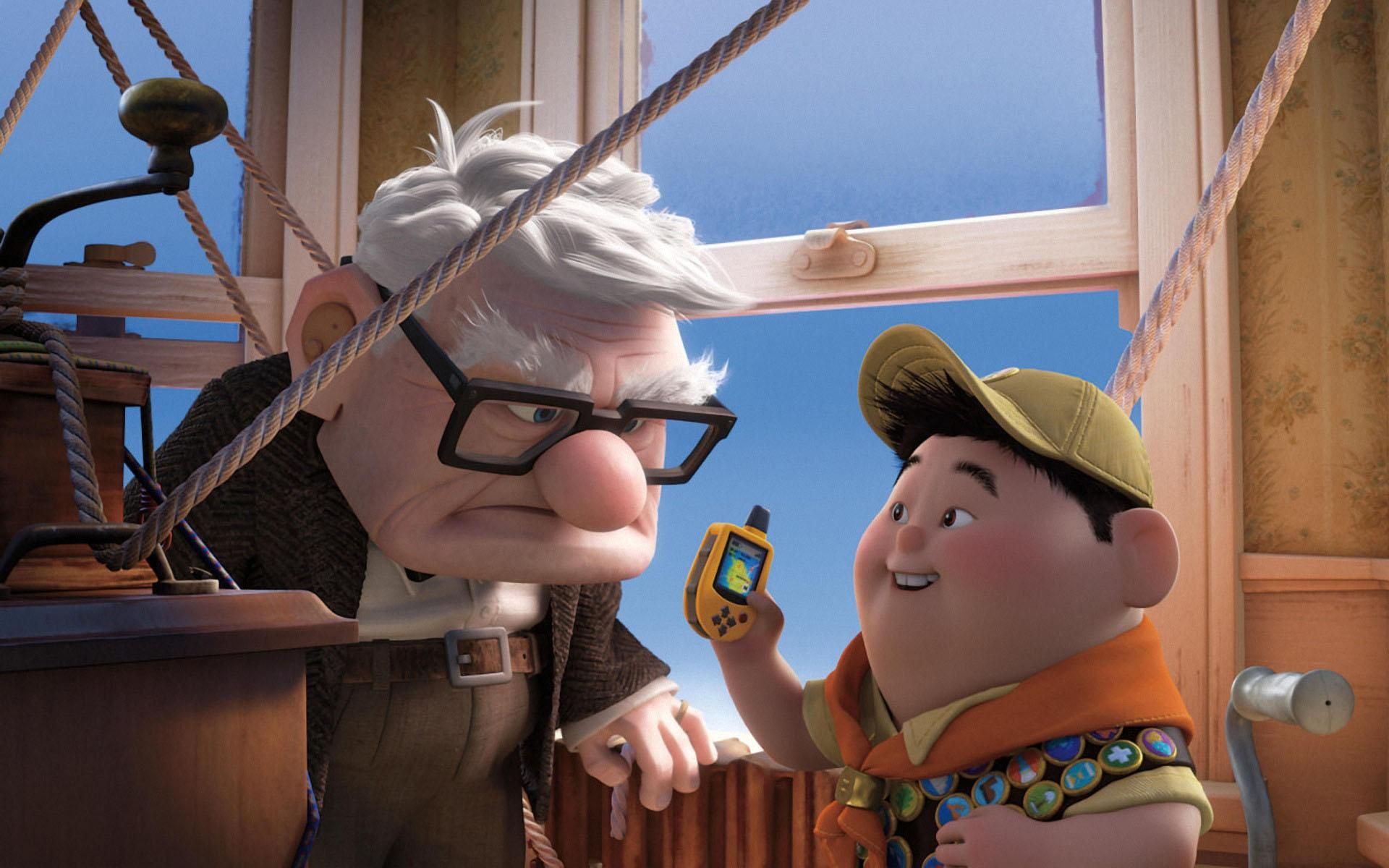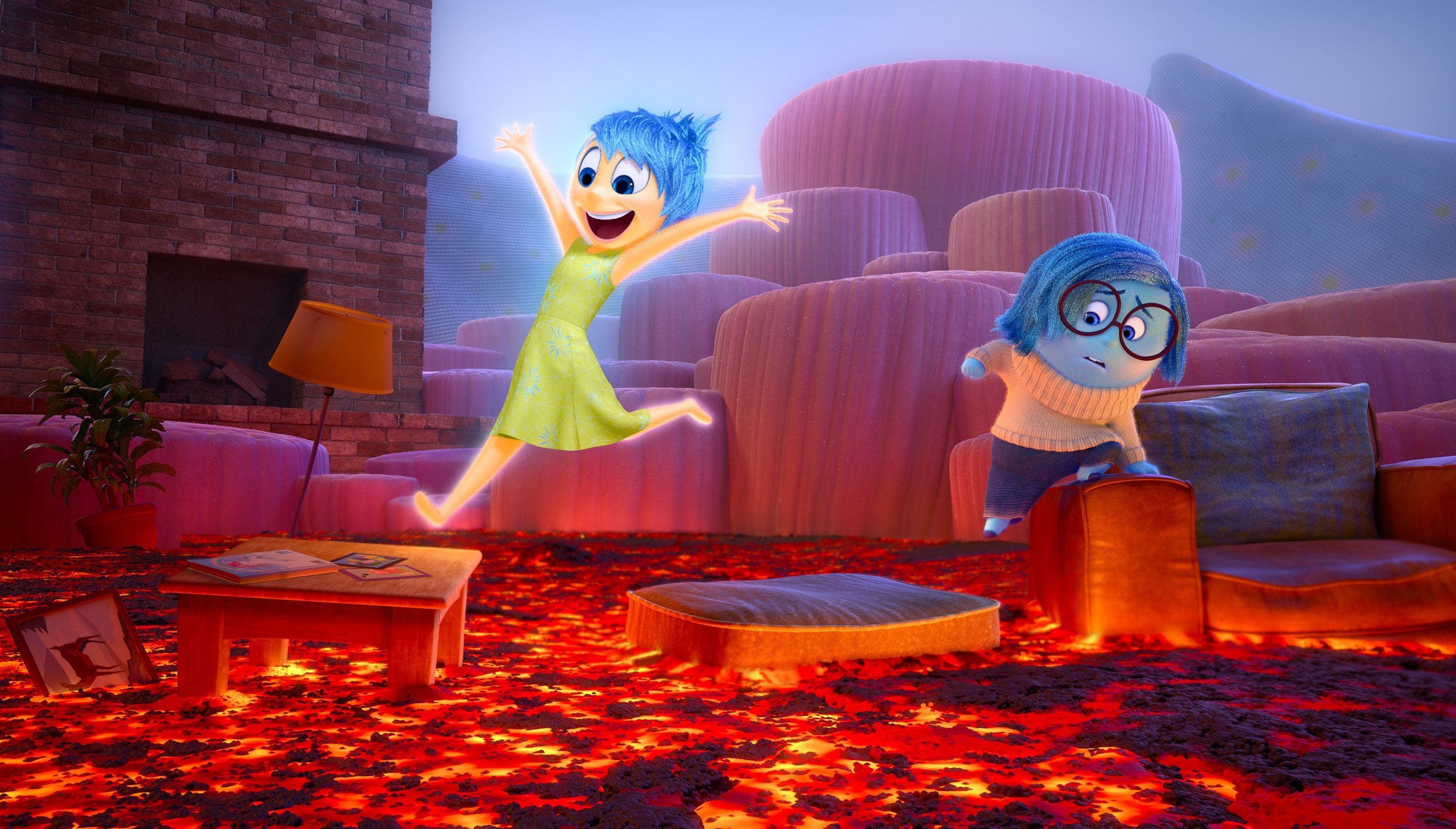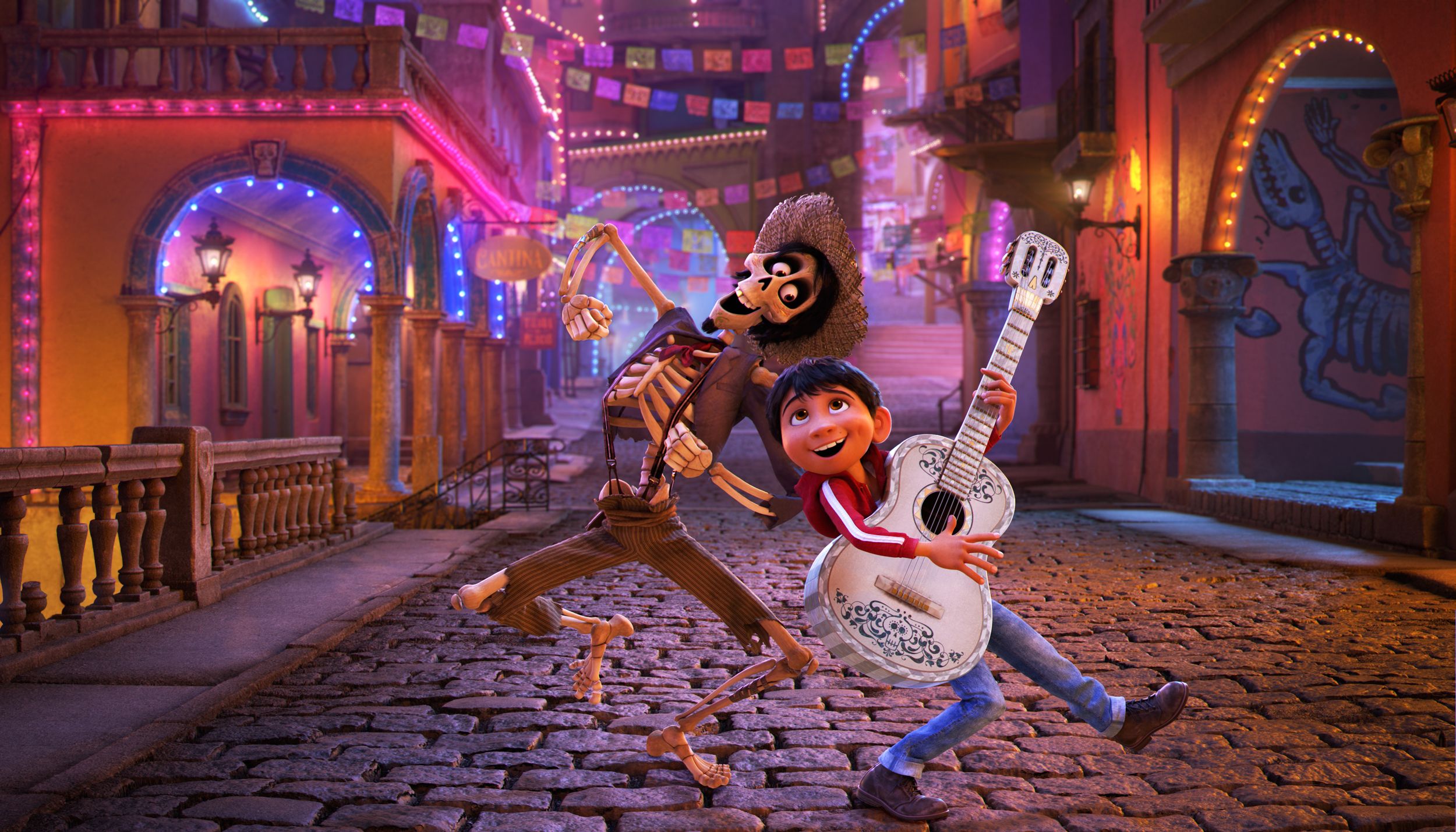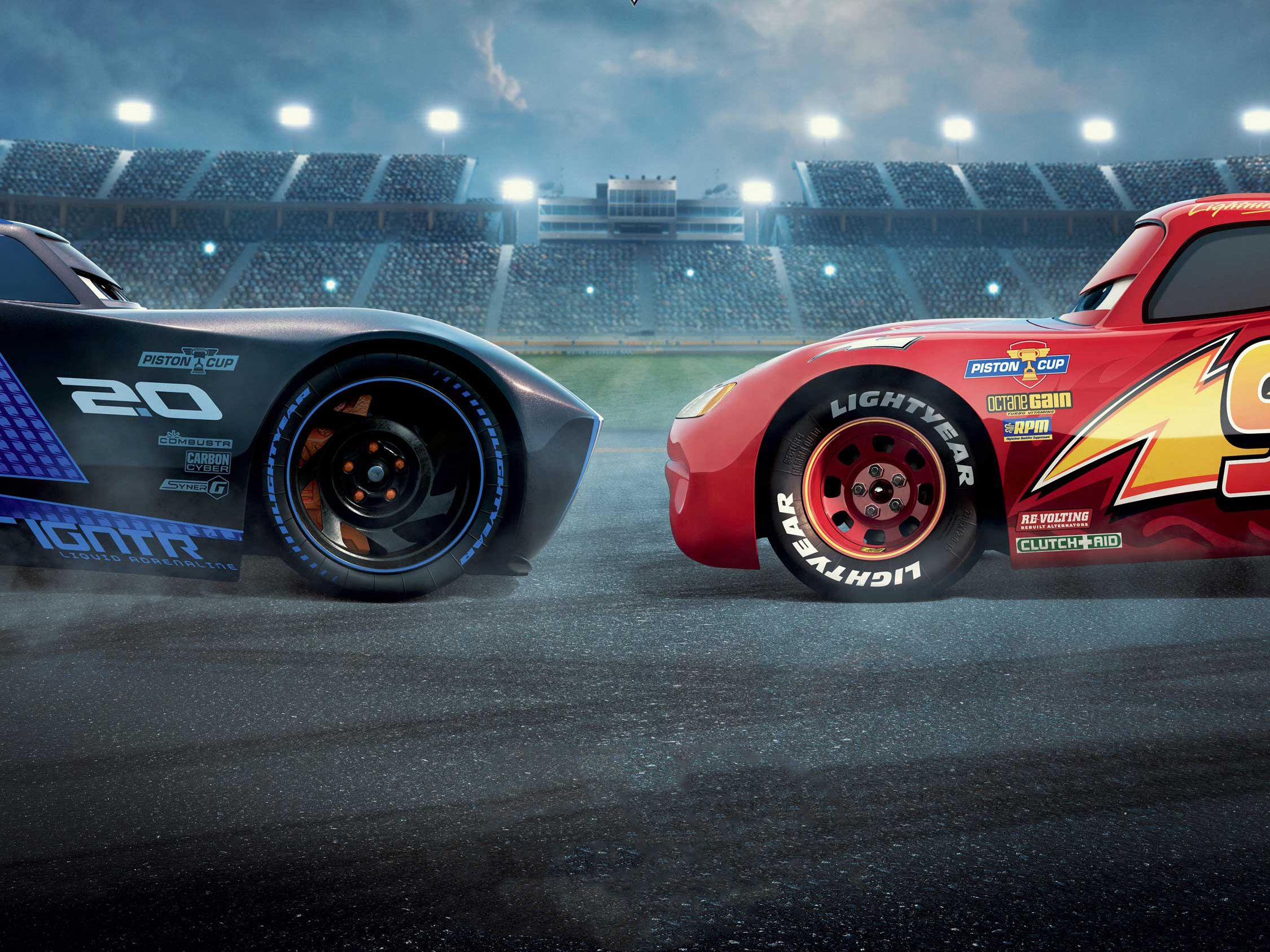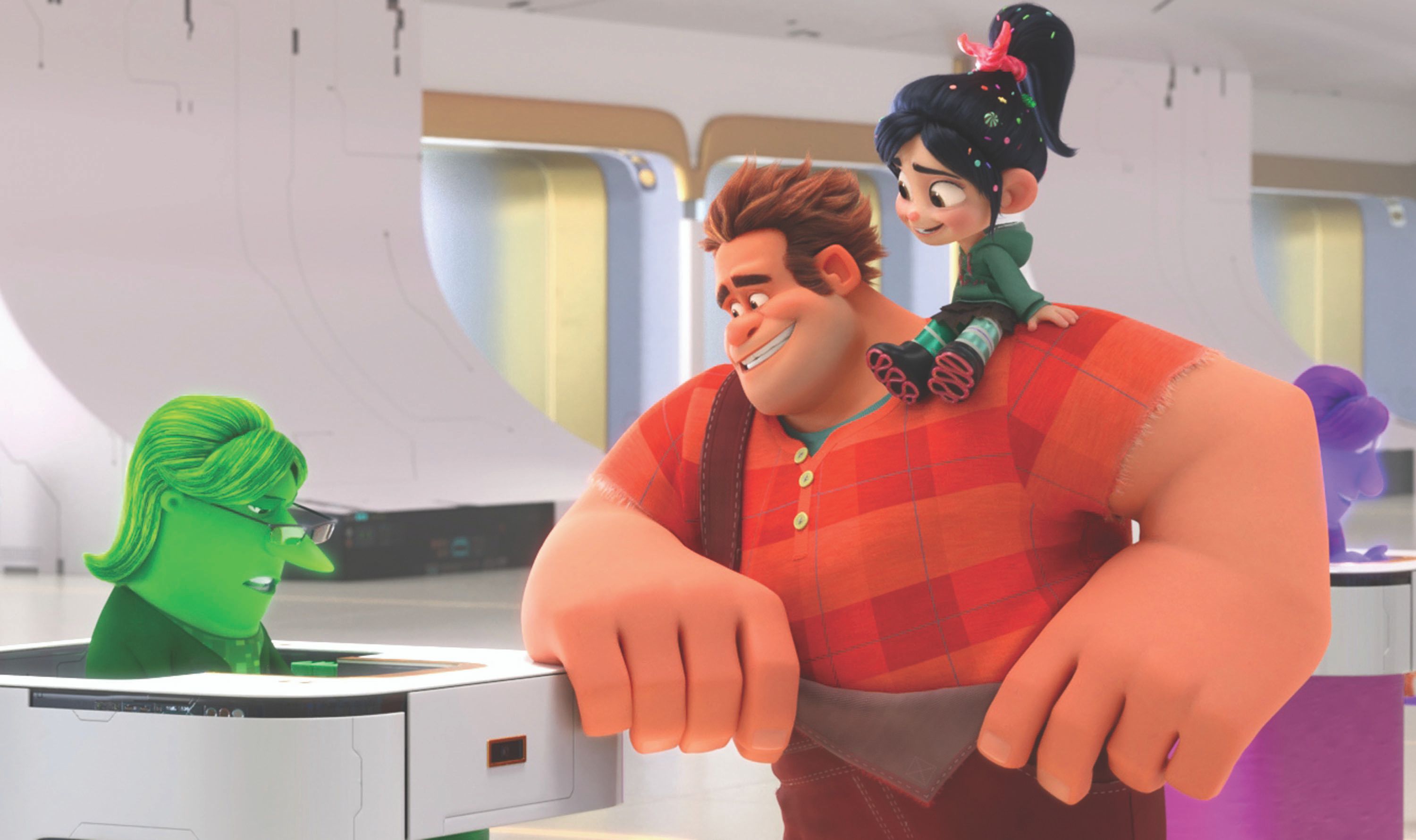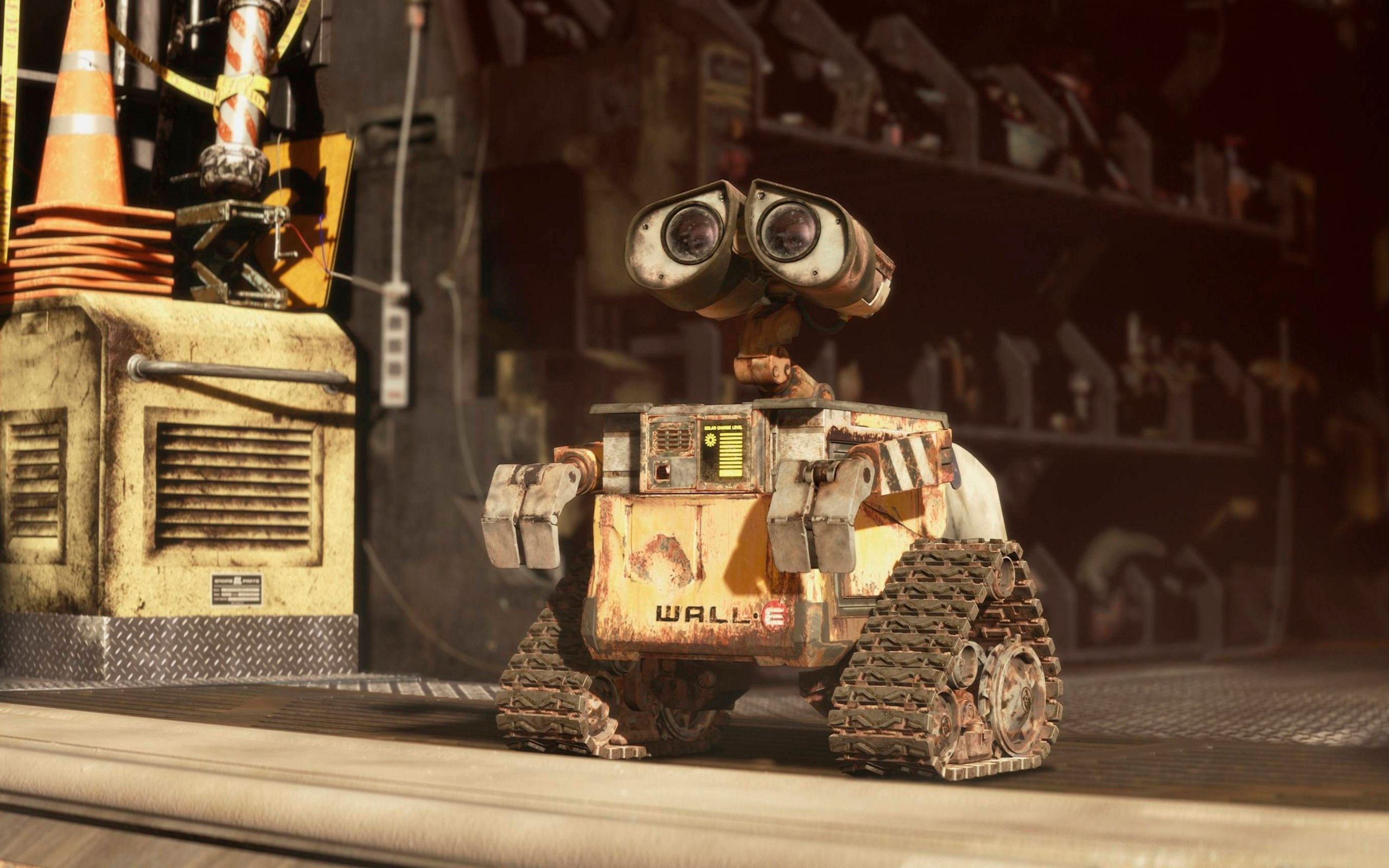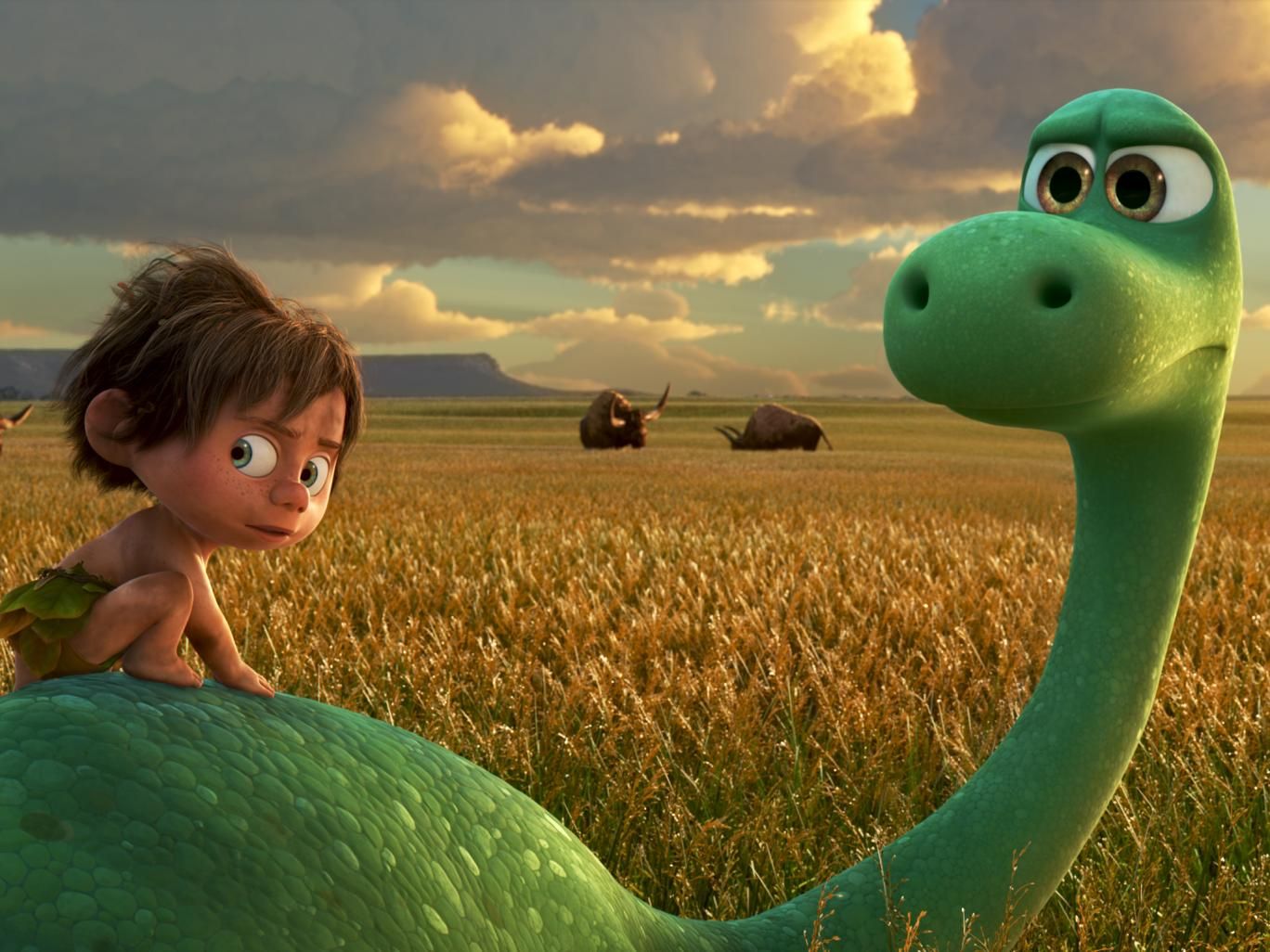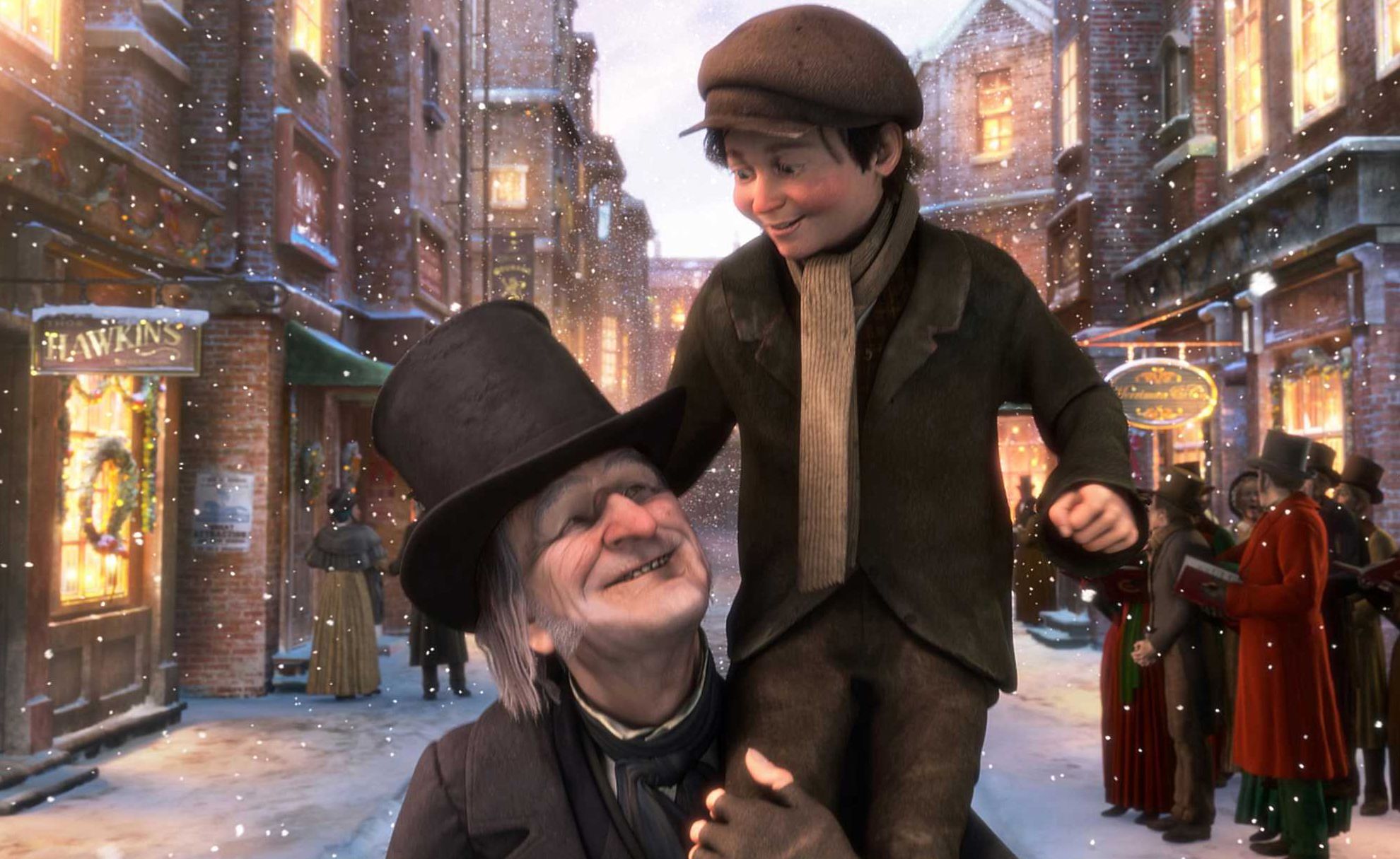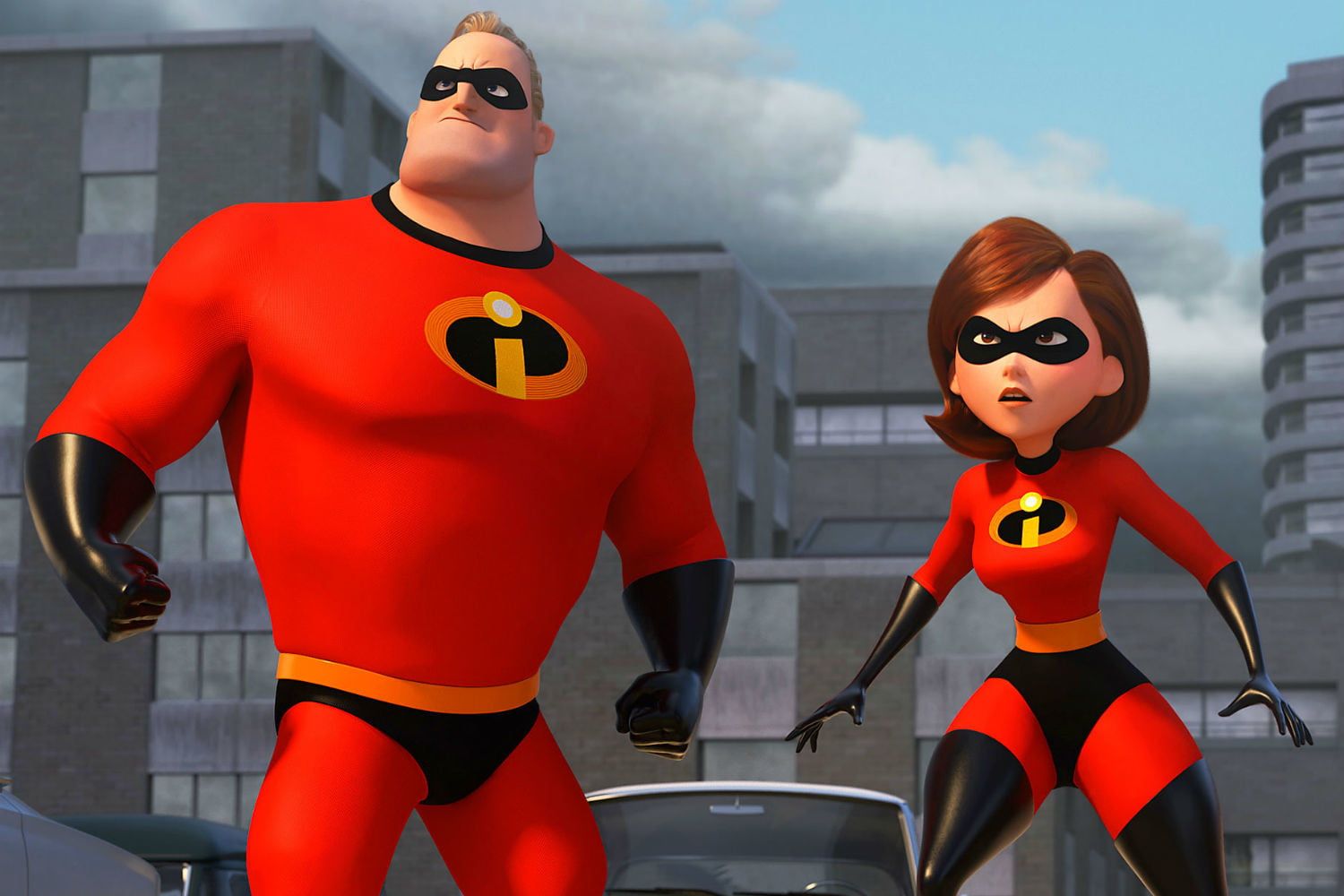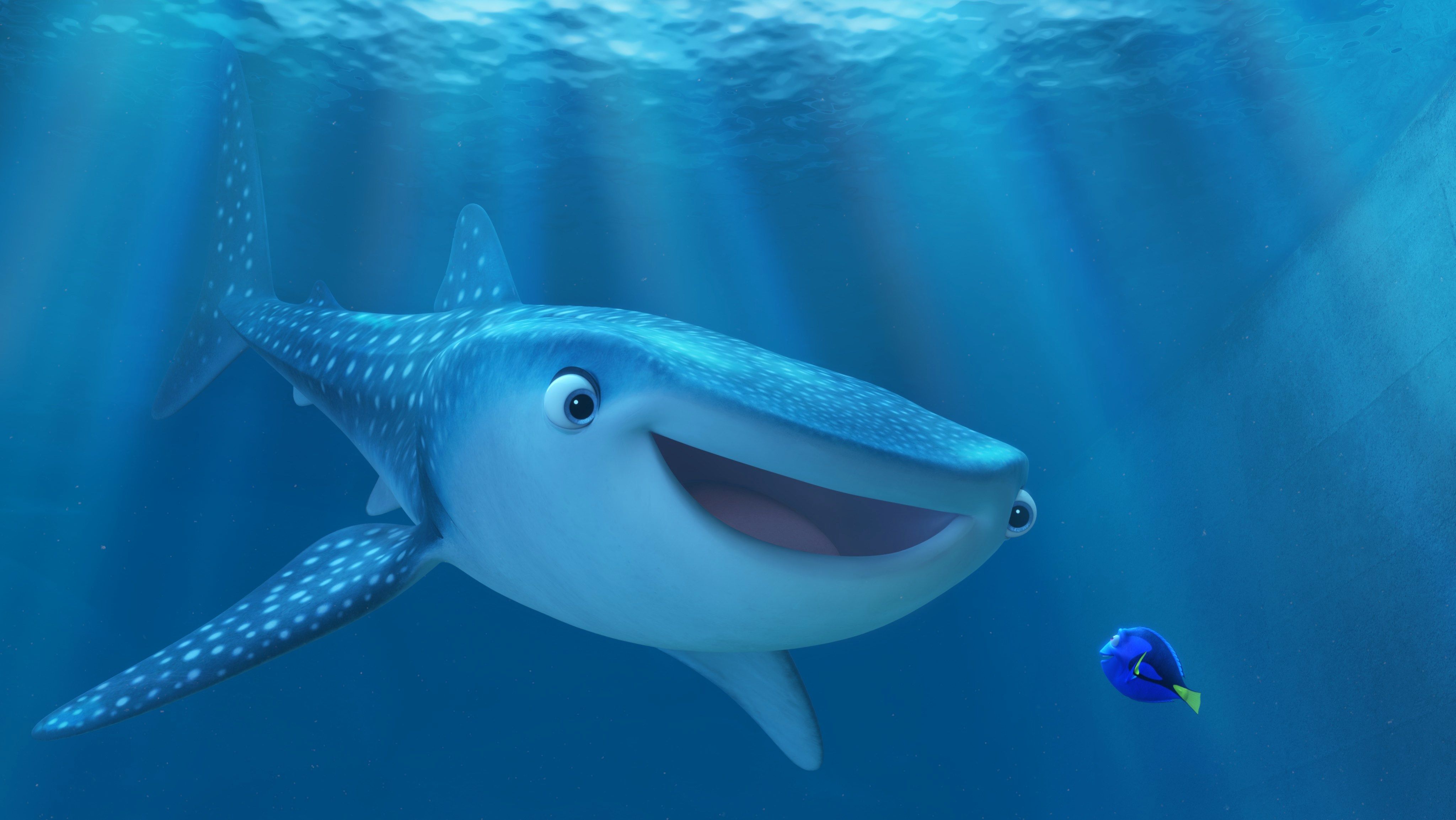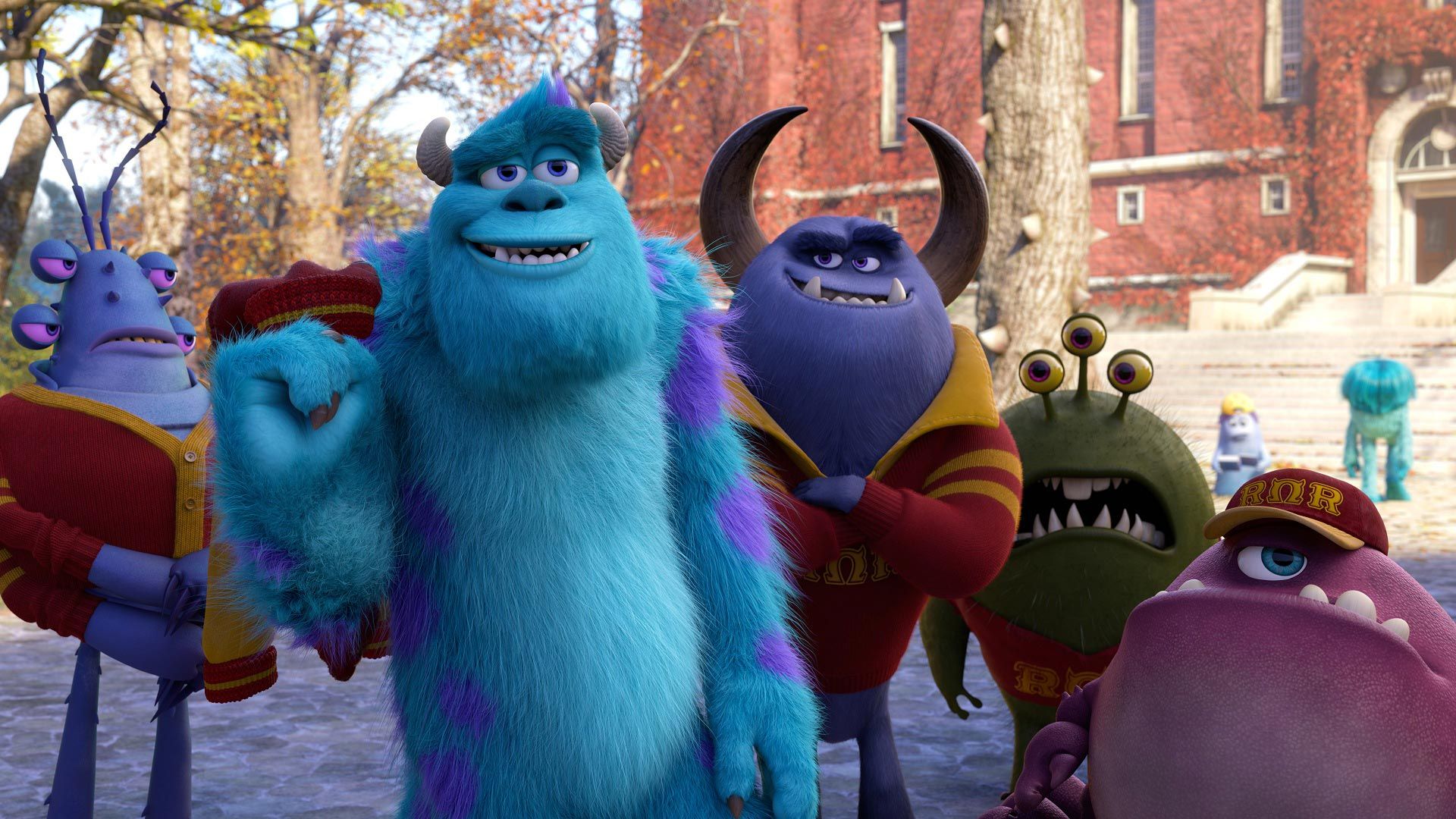Snow White and the Seven Dwarfs, premiered in 1937 at Carthay Circle Theatre after Walt Disney made a decision to gamble his entire company, and future, on creating the first full-length animated feature film. His competitors were already putting animated shorts at the beginning of their feature films because they all had production studios and could afford to do it. So Walt had to go straight to the big screen with his idea instead.
This decision would end up changing the landscape of cinema. Although he would not be able to see it back then, he had to know that what he was doing was one day going to become the heart and soul of the Walt Disney Company.
From that moment on, the world of animation would never be the same. Competition got tougher while advances in technology and computer animation continued to improve, causing a ton of innovation that could only be possible thanks to the animated feature film genre.
As technology continues to advance, so does the way animated films are produced. A lot has changed since 1937, including the the amount of money movie studios will pay to make one. It seems as if the budgets continue to grow, year after year, because of the cost to produce these films.
So if you are not too busy, let's take a look at the 25 Most Expensive Animated Films Ever Made.
25 Shrek 2 ($150 million)
Shrek was an animated film that ended up becoming one of the most successful movie franchises of all time that no one ever expected. The cast was loaded with talent and the story was something most people could fall in love with, but it was still a gamble by DreamWorks. But it paid off, spawning several more films including Shrek 2.
It is not often that a sequel ends up surpassing the original and Shrek 2 did just that. It also broke all kinds of box office records including having the second best opening weekend ever with $108 million. This had to make producers happy since they doubled the budget from the original film for the sequel (Shrek's production budget was $70 million).
Much of the cost went to the film's three main stars, Mike Myers, Eddie Murphy, and Cameron Diaz, who each got $10 million for returning.
24 Shrek The Third ($160 Million)
After Shrek and Shrek 2 combined to earn $708 million at the box office, it did not take very long for DreamWorks to move forward with the creation of two more films, with the idea that there could be a fifth film to finish out the story. So the production cost continued to increase and this time it landed at $160 million.
They did have a reason why they needed the extra cash. During the creation process of the film, animation studios count CPU render hours in order to help get an idea for the cost of the movie. Shrek used close to 5 million CPU render hours while Shrek 2 was 10 million and Shrek The Third ended up with nearly 20 million CPU render hours. They even hired a much larger staff as the technological advances they wanted to use in the film demanded more headcount.
23 Big Hero 6 ($165 Million)
Most people might take a look at the production budgets of animated films and just assume that it's all about competition and having an industry standard. It seems as if all the expensive animated films that come out in a given year end up costing about the same so that argument could make sense.
However, films can, and do, justify the production costs after a film's release. Big Hero 6 was able to use an upgraded version of the software Disney created for Tangled called Hyperion. Since it was invented by Disney, it was not considered perfect and was still in the experimental phases, technically. So much of the cost associated to Big Hero 6 was due to the cost Disney shelled out for improving their own software to film it.
22 Wreck-It Ralph ($165 Million)
If you were ever curious why Walt Disney Studios continues to be one of the most dominating film companies in the entire world, then look at Wreck-It Ralph. The film was released in 2012 but the creation of it started much further back. The film's creation dates back to the late 80s making it one of the longest films in development the studio has ever had. It was one of those projects that was always in the queue but was never picked up.
But most of its cost came from the use of Disney's newest animation technology called bidirectional reflectance distribution functions. It helped create very realistic reflections on surfaces, for the first time ever in animation. It also caused the creation of a new virtual cinematography Camera Capture system.
21 Shrek Forever After ($165 Million)
It is hard to turn down money and after the first three Shrek films made such an impact on the box office, the fourth one was expected to be more of the same. So the cost of the production had to go up as the technology they were using for the other ones was just not good enough.
For the fourth Shrek film, DreamWorks created their largest, and most powerful, render farm at the time which ended up taking them 46 million render hours to produce the film and close to 76 terabytes of data was consumed in the process. The original Shrek used 6 terabytes, in comparison.
20 How To Train Your Dragon ($165 Million)
Six years before How To Train Your Dragon premiered, DreamWorks Animation began the process to turn the very popular book series into a full-length animation film about a Viking teenager who decides to train the dragons instead of following in his tribe's tradition of slaying them all.
The use of dragons in this animated film demanded some very extensive research on bringing these mythological creatures to life. They had to study every aspect of flight including the science behind how an airplane flies, the way a bird takes off and lands ever so gracefully, and what fire looks like when shot out of a device. The cost behind the dragon creation was a majority of the budget for this film.
19 The Polar Express ($170 Million)
As technology improves, so does the way animated films are produced. This was the case for The Polar Express. This was not your typical animated film. They used real people to create a computer-animated movie with motion capture animation. So instead of animators sitting around a desk, drawing the film on paper, they had the actors, like Tom Hanks, perform the movie in front of a green screen using sensors throughout the body and face to translate it into CGI.
This technology was not the first time anyone used it but it was the first time it was used on such a grand scale. The Polar Express is one of the most popular children's Christmas books ever and it would take a lot to bring that story to life using computers. So it is easy to see how quickly that cost climbed to $170 million.
18 Monsters Vs. Aliens ($175 Million)
In 2009, Monsters vs. Aliens became the first DreamWorks Animation film produced in stereoscopic 3-D. Since then, every single DreamWorks Animation film released was shot using this format, which has increased the budgeting for each of their films.
According to DreamWorks Animation CTO, Ed Leonard, this film was the largest they had created back then. It took them close to 45.6 million CPU render hours, more than 9,000 serve processor cores to operate their massive render farm and process the animation itself, and they used 120 terabytes of data on the film.
17 Up ($175 Million)
In order to get the perfect rendering of South America, the film's director, Peter Docter, traveled to Venezuela with eleven other Pixar artists where they would spend a few days studying the area surrounding Monte Roraima. They made the most of their trip and the artists created drawings, sketches, paintings, and took notes of the environment to help them create a very real landscape for the film.
But the most important part of production was not in the scenery, it was the balloons. Since they discovered it would take 23 million balloons to fly a house, the show's creators had to figure out a way to make that many balloons all react in different ways to make it believable. They achieved it by applying the laws of physics to their own software, RenderMan, and by adding new shading techniques.
16 Inside Out ($175 Million)
Here we go again, another Pixar film that creates ground-breaking technology to develop the best computer animated film possible upon its' release.
Inside Out is a film that features emotions as people that live within a person's mind, controlling everything they do. So the characters had to be built with this effervescent glow around them to keep the idea that they are not human beings, rather they were figments of the person's mind. The coloring had to be improved for this film and they spent as much as they could on it.
15 Coco ($175 Million)
Pixar has done more for computer animation than any other production company or film studio in the world. They have literally invented new technologies to use for the creation of their films that continue to be used today. But one of the films that caused them the most trouble was Coco.
Coco featured two things Pixar had very little experience in using, skeletons and nighttime. To help them fix the issues with creating non-scary skeletons, they had to improve their Presto software by creating a brand-new collision system. Beyond that, the lighting for the night scenes had to be fixed so that it was not too dark or too phony. Those are just two of the many innovative features they used for Coco.
14 Cars 3 ($175 Million)
If Pixar ever slows down, they are going to end up tripping over themselves and crashing into the ground head-first. That's because of how hard they push themselves to create new technology and techniques to help turn a computer animated film into a masterpiece. So, although the audience does not notice it right away, Pixar creates these films for both the viewers and the ability to push technology forward.
Cars 3 was able to showcase how Pixar developed the ability to incorporate paint schemes, on metal cars, which is something they have never done before. Instead of the characters being colored, they were painted, just like the cars in Nascar. It opened the door to new reflective techniques as well.
13 Ralph Breaks The Internet ($175 Million)
Ralph Breaks the Internet featured the largest number of characters in a Pixar film yet with 434 different, unique individuals. This included the Disney Princesses scene that deserves all the praise in the world. They were able to take the Disney Princesses and put them into CGI without losing much in the process.
With that size of a character database, the amount of terabytes needed for data is insane. But it is more than just the sheer size of everything, it is how they can all interact with one another, under the same roof. This is not real-life extras. Every single person you see in a CGI film was created and built for one purpose, to be in the scene they are in.
12 Wall-E ($180 Million)
For perspective, most Pixar films have close to 75,000 storyboards, which are used to help bring the story to life during the creative process. It is how you can show someone exactly what you are seeing in your mind. For Wall-E, they used over 125,000 storyboards, making it one of the most complex productions the studio has ever created.
Then, they had to figure out how to make this robotic character, who says very few words, seem realistic. This alone cost them many of hours researching and studying how to bring Wall-E to life.
They also became the first Pixar film to also use live action characters, which were used to help audiences get a true feeling of what can happen if we do not take care of the planet.
11 Brave ($185 Million)
It gets very difficult to explain the vast differences between the different Pixar films because each one has its' own groundbreaking innovation that does something most people do not even notice anymore.
For Disney's Brave, it was all about the hair. The film's star, Merida, has an enormous head of hair that has basically defined her character because of its' color but also because of how it moved around. They developed a software program specifically for her hair. It basically brought the hair to life.
10 The Good Dinosaur ($195 Million)
Unfortunately for Walt Disney Studios and Pixar Animation Studios, the $195 million spent on producing The Good Dinosaur, and the $150 million used on marketing, was a bad decision because the film was good, not great. It brought in a box office total of $123 million domestically, the worst ever by Pixar Animation Studios.
Pixar has raised the bar for animation films so when they create something, fans expect it to be amazing. But although the film was not spectacular, the scenery and landscapes were the most beautiful we have ever seen from Pixar. To achieve that imagery, Pixar had a team of people pull data from the United States Geological Survey and then used 64,600 square miles of terrain from Google Earth. But it was the water that cost the most, as it always does when it comes to animated films.
9 A Christmas Carol ($200 Million)
Much like The Polar Express, A Christmas Carol used performance capture to digitally capture the actors performances using computerized cameras that could move a full 360 degrees. It was also filmed in Disney Digital 3D. The main reason it was being used in A Christmas Carol was authenticity.
Charles Dicken's wrote a classic and no one has been able to truly bring it to life, animated or real-life, so the film's creators wanted to use the best technology that could allow them to bring his world to life, as accurately as possible. This alone was going to be a selling point for the film as it would be the first time anyone really appreciated the entire landscape to bring his story to life.
8 Incredibles 2 ($200 Million)
It is rare that a sequel ends up surpassing its successor at the box office and for overall quality but Incredibles 2 did just that, becoming the better of the two films in the franchise, by far.
The technology used to produce this film was far more advanced than in the original. One of the most obvious differences was the realism of the characters and the world they live in. In order to achieve this, they used things like hair simulation and cloth simulations which helped make the characters hair move more naturally and their clothing also do the same.
It was not flashy, and it did not have many fancy names but the technology they used for this film will help further animated films achieve a level of realism we never thought possible.
7 Finding Dory ($200 Million)
For Finding Nemo, Pixar was limited in the technology they could use because most of it had not yet been invented. The use of light for Finding Nemo was restricted to only direct light because Pixar was not yet ready to afford the cost to create something that also produced indirect light.
However, for Finding Dory, a new version of RenderMan was created to incorporate the use of both direct and indirect light. That version was called RenderMan RIS. It also helped the creative team with the creation of reflected and refracted lighting in the water. Every single drop of water in Finding Dory was able to reflect and refract light.
6 Monsters University ($200 Million)
For four years, Pixar was hard at work, creating Monsters University, the follow-up hit film to one of the companies original films, Monsters, Inc. When they decided to make the sequel, they had no idea just how much technology they would be using to make the movie. They had to double everything from the size of their render farm to the number of engineers working on the film.
The groundbreaking system they used in Monsters University was called global illumination, a lighting system they created to help them adapt to modern technologies. Part of this new system was the ability to use path tracing, which basically simulates how real world light would appear in the film. It helped create a very realistic film.

